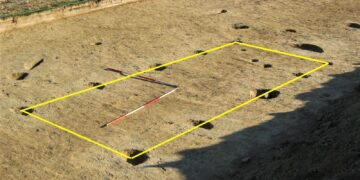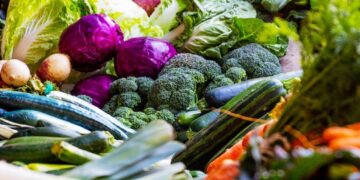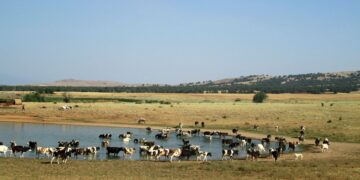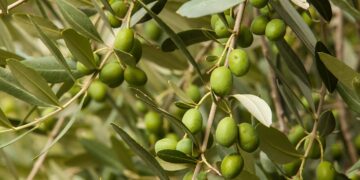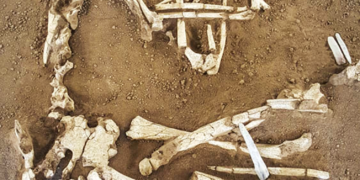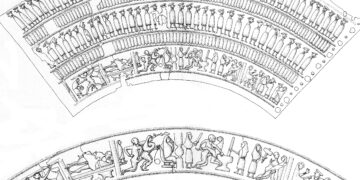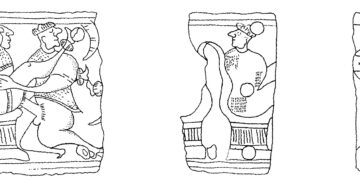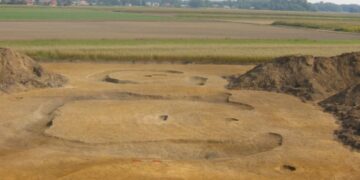The human relation to food is a complex one. We obviously have to eat to survive, but for the most privileged humans through history, food is something to indulge in for fun rather than a necessity. It is by virtue of the evolutionary gift to humans, the innate intelligence and exploration, that their expanding brain, demanding more nutrition has expanded the varieties of food for a human platter. Climate and environmental changes during the evolution of human ancestors triggered that people optimized the search for food, when the natural resources were dwindling, learned to build fire, improved their cooking skills and technologies, domesticated plants and animals… All these were the contributing factors for humans that expanded the varieties of foods they can eat compared to other animals that eat limited varieties of food.
Throughout most of history, we could not transport perishable foods before they would go bad, so people lived on much less variety of food than we do today. People traditionally consumed a diet dominated by whatever starches they were able to grow in their climate creating ethnic cuisines where most dishes were made up of a small number of common, inexpensive ingredients. However, with the creations of states and empires the production of food, and most important trade with food, changed dramatically. Not only staple foods but the luxurious products, hard to obtain and difficult to trade before going bad, linked the most remote corners of the world.




